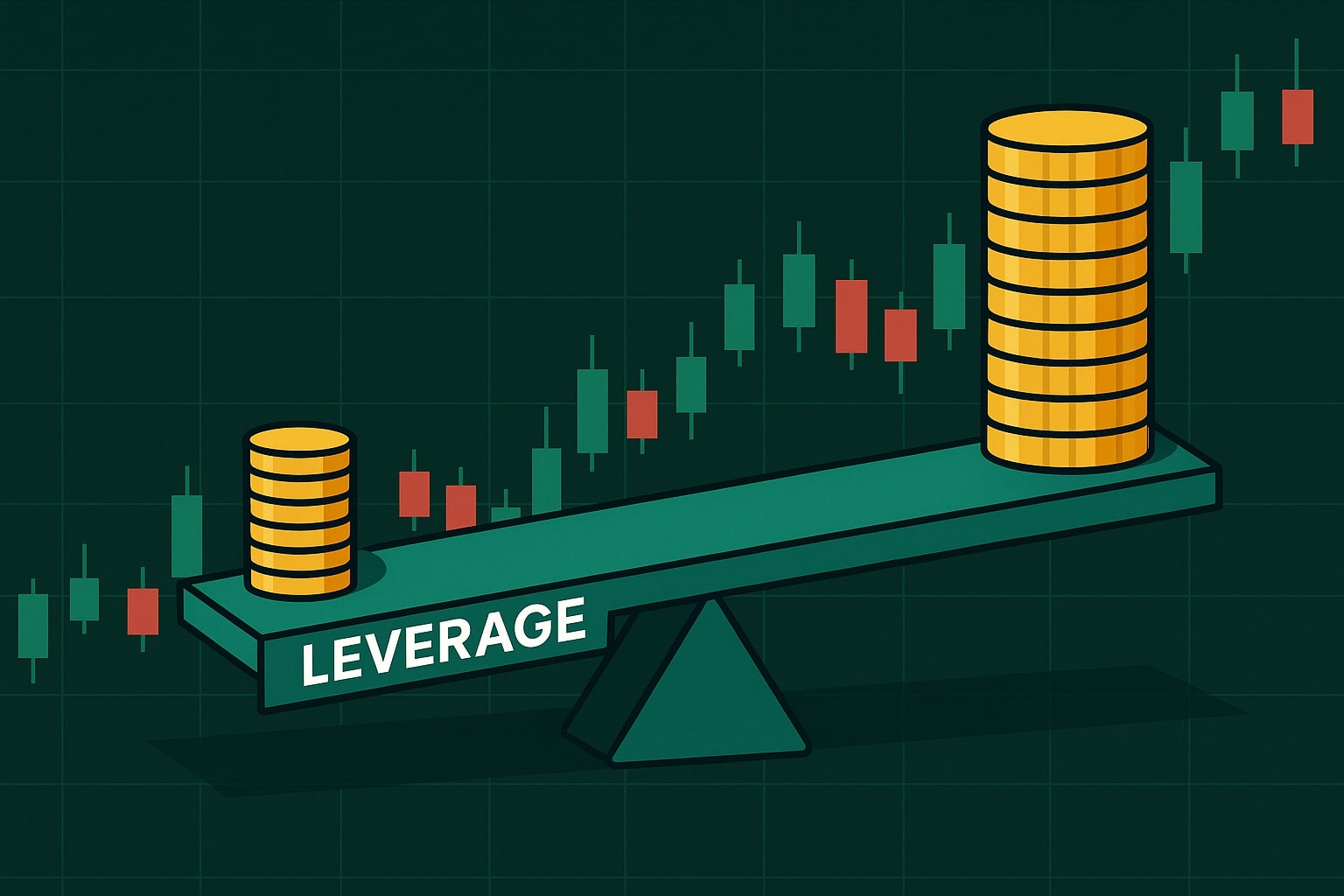How leverage works in numbers
You deposit $1 000.
- Spot buy. If the coin rises 5 %, you earn $50; if it drops 5 %, you lose $50, but you still hold the asset.
- 2× leverage. You control $2 000. A 5 % move now swings the position by $100. A 50 % drop wipes out the margin and triggers liquidation.
- 10× leverage. You control $10 000. A 5 % rise brings $500. Yet a fall of roughly 9–10 % erases the entire margin—common on a volatile afternoon.
A live liquidation in one minute
- You open a $10 000 long at $100 000 BTC with $1 000 margin.
- Price slips to $91 000 (-9 %).
- Unrealised loss equals $900; only $100 margin remains.
- The exchange auto-closes the trade, keeps the leftover as a fee.
From entry to exit? Sometimes five minutes—sometimes fewer.
Where trading stops and the casino begins
- No plan, no stop-loss — it’s a coin toss, not a strategy.
- Anything above 5× without strict risk limits almost begs for a margin call.
- “It must go up” is the reddest of red flags; the market owes no one.
Five rules to stay in the game
- Keep leverage at 2–3×. The math stops working against you so quickly.
- Post margin in stablecoins, not in the asset you’re trading.
- Set the stop when you open. Moving it after the fact is wishful thinking.
- Risk no more than 3–5 % of total capital per trade.
- Log every entry and exit. Boring, but discipline beats any indicator.
Bottom line
Futures are a magnifying glass: they enlarge profits and errors alike. For traders with solid risk control they offer flexibility and hedging power; for anyone chasing “overnight 10×” they often deliver a blink-and-gone liquidation. If you’re still learning, practise on a demo or micro-lot—time is cheaper to lose than an entire deposit.




